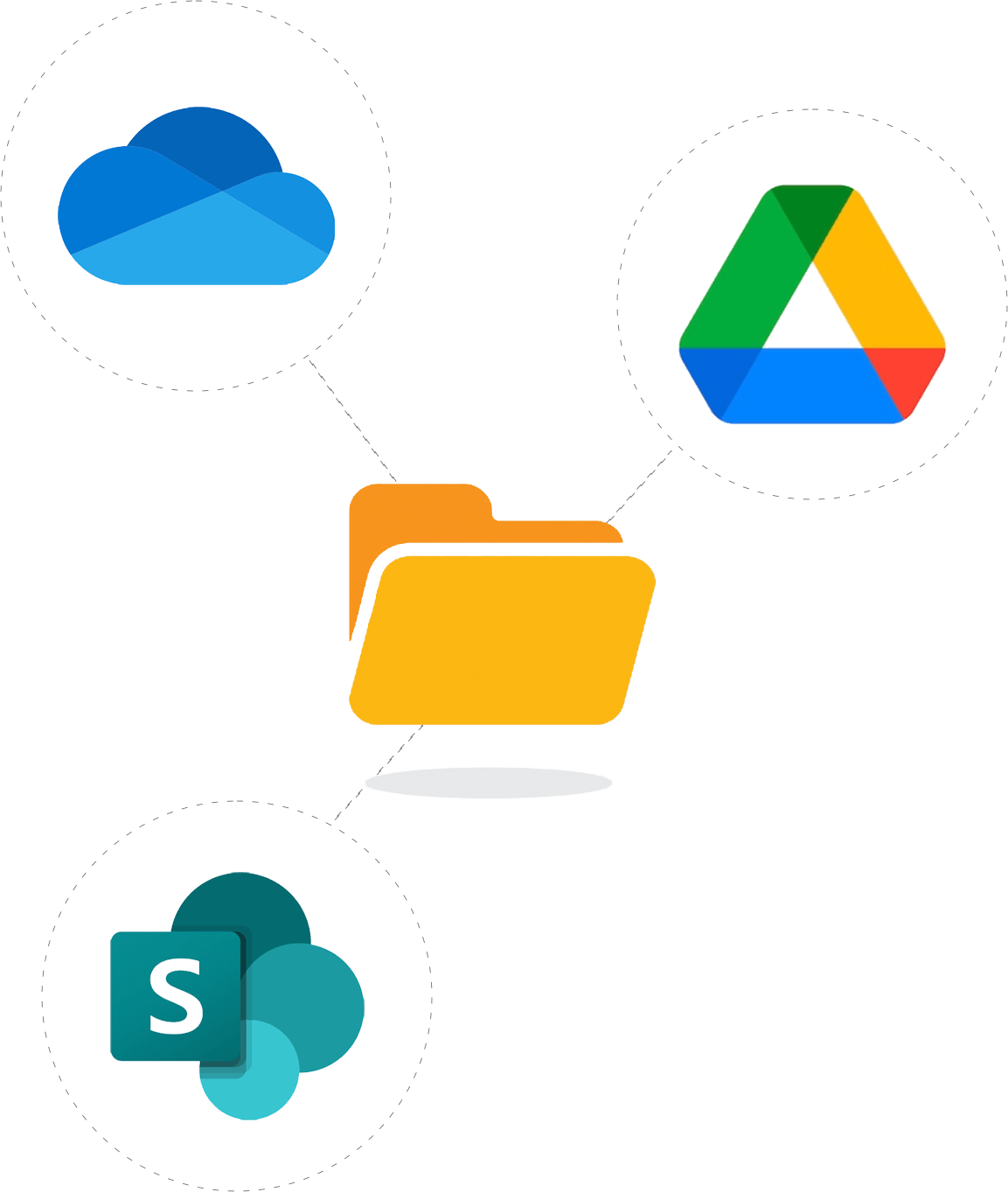
New Features for 2024
BPA Platform 2024 enables organisations to build, develop and integrate systems in the cloud, on-premises or in a hybrid environment.
BPA Platform Brochure
BPA Platform new features and technical information
Reduces system integration development times and costs, whilst supporting integration with virtually any data source.
Multiple instances on a single server
Multi-instance architecture allows providers or end users to host multiple instances of BPA Platform on a single server, making it rapid to install and configure. It gives providers the ability to onboard new customers quickly and easily, with the ability to easily scale requirements.
End users can create separated production, test and live environments, as well as create different instances for different companies in a group structure.
- Secure isolated database
- Incorporating predefined protocols
- Reduces redundancy issues
- Rapidly onboard new customers
Landscape Management Console
The new Landscape Management Console allows users to easily monitor and manage multiple servers and instances in one ecosystem, rather than logging onto each individual instance.
Users can centrally receive error notifications for all customers hosted on those servers and maintain common features within and across multiple instances, such as users, connections, tasks, folders and agents. It also equips hosts with the ability to manage and update licensing contracts centrally.
- Manage users, connections, folders and licensing
- Import templated solutions
- Move tasks and monitor performance
- Manage all BPA Platform instances with ease
Cloud, Hybrid or On-Premises
iPaaS delivers rapid deployment, reduces upfront payments and maintenance costs, and improves scalability and scope.
Cloud IntegrationOn-premises integration provides complete control over resources, higher security and compliance, and accessibility at all times.
On-premises IntegrationMultiple instances of BPA Platform
Multi-instance cloud architecture determines how and where your data is stored when using software as a service (SaaS) or integration platform as a service (IPaaS) – whether a shared or isolated database.
What is multi-instance architecture?
Multi-instance architecture is a software design pattern in which a single application or service can run multiple instances concurrently. Each instance operates independently of the others, with its own data and processing resources, but they all share the same codebase.
This architecture is commonly used in cloud computing and virtualisation environments, where multiple users or tenants need to access the same application but require their own isolated environment.
Multi-instance architecture allows for better resource utilisation, scalability, and isolation of user data. It also provides high availability and fault tolerance since failure in one instance does not affect the others.
What are the benefits of multi-instance architecture?
As maintenance is performed on a customer-by-customer basis, each tenant has the ability to upgrade their environment to fit their requirements, providing better availability and scalability.
Security measures can be applied to the database and managed by the customer to provide even greater control. Each customer can also customise their environment by requesting new features, additional tools and processes.
If any issues arise with the instance it will not affect other customers, also it will not affect overall performance. An isolated database for a tenant also makes it much easier to migrate data if required.
All new File Management Tool, Save File Tool and Import File Tool

Import and export data to cloud-based providers
In addition to local file storage, BPA Platform can now access Google Drive, One Drive and SharePoint. This allows BPA Platform tools to consume and export data to these cloud-based providers.
The Save File Tool, Import Flat File Tool and Import XML Tool have also been updated with cloud connectivity and usability improvements.
- Google Drive
- One Drive
- SharePoint
Additonally, the new File Management tool can then carry out a number of automated actions on single or multiple files, such as move, copy, rename or delete.
BPA Platform DatasheetMulti-factor authentication and end-to-end encryption

BPA Platform 2024 offers robust security features to protect your data, support for multi-factor authentication, such as OpenID Connect, Azure Active Directory, and OAuth2 to ensure only authorised users have access. In addition, BPA Platform employs encrypted end-to-end security using the advanced AES256 algorithm, providing an extra layer of protection against data breaches or other security threats.
This comprehensive security approach helps ensure the confidentiality, integrity, and availability of data, and provides users with the peace of mind that comes with knowing their information is secure.
